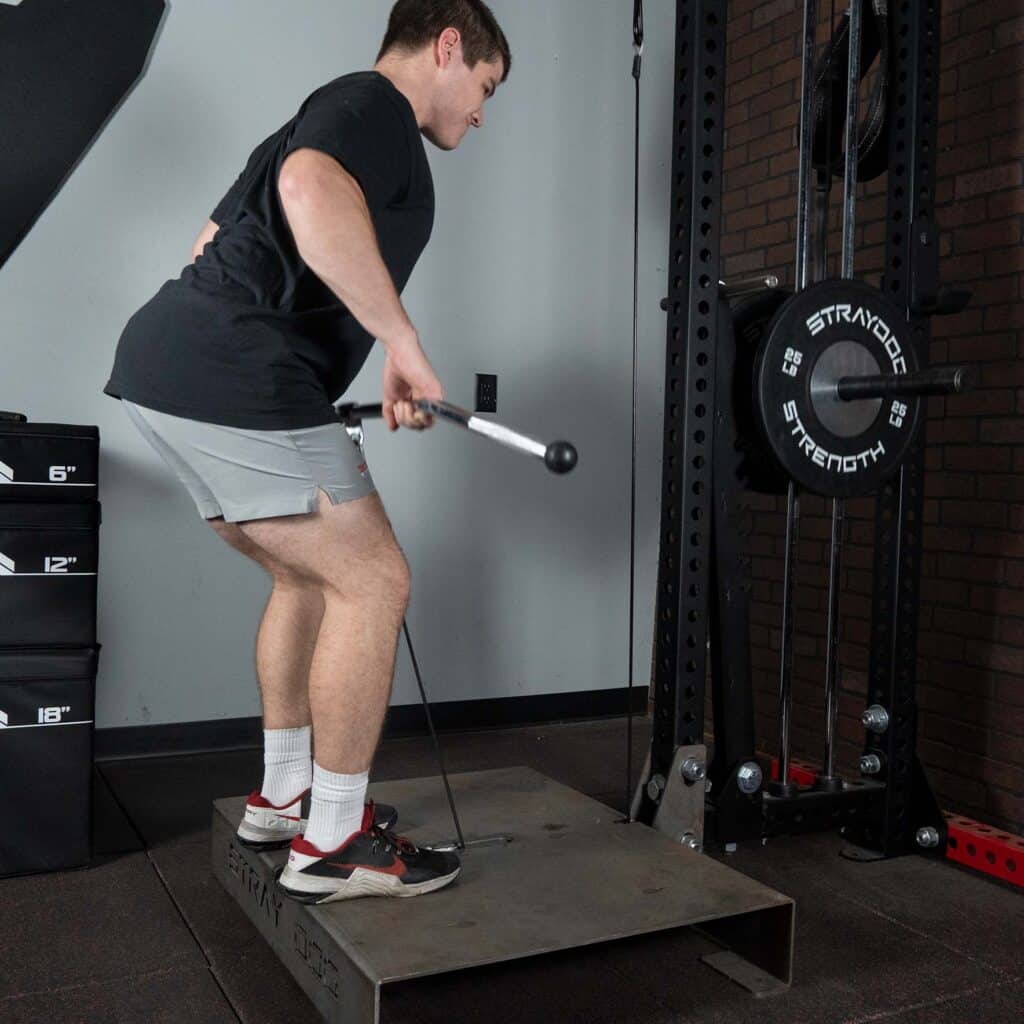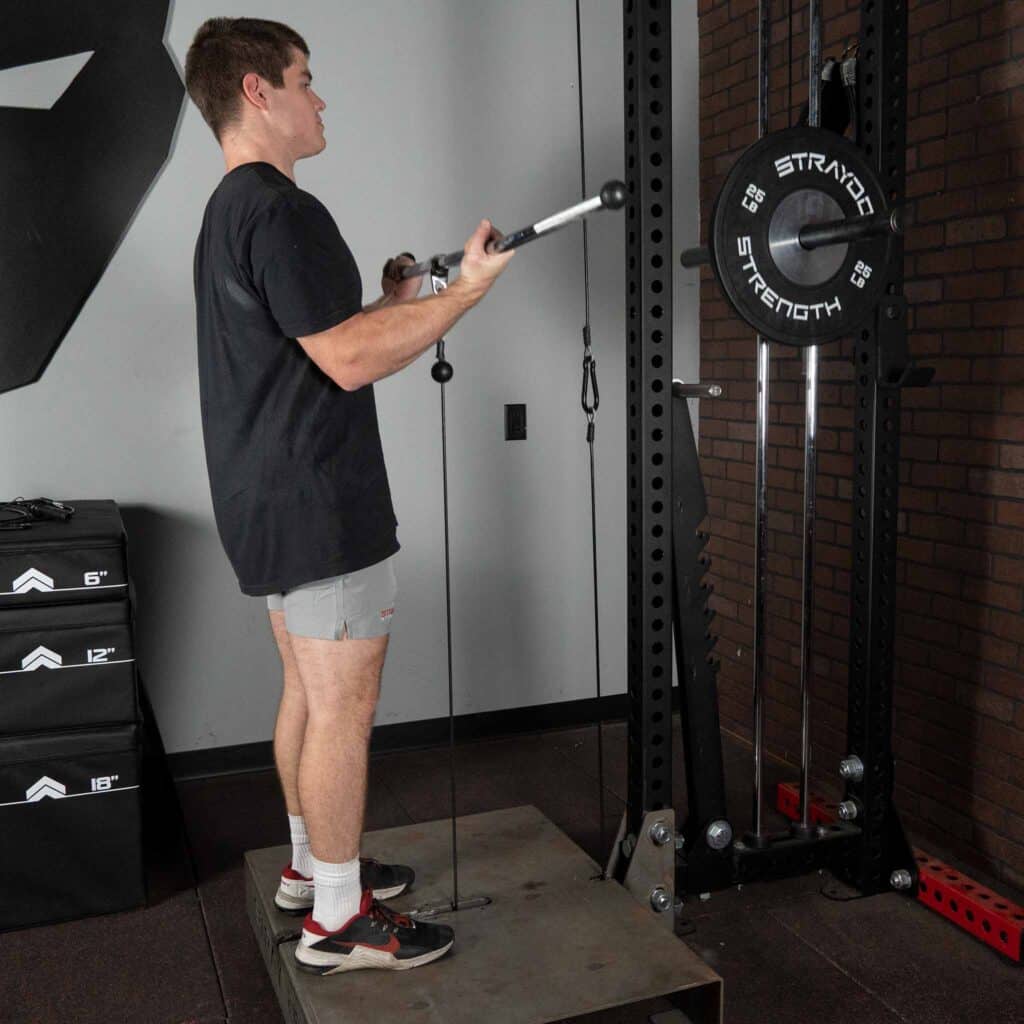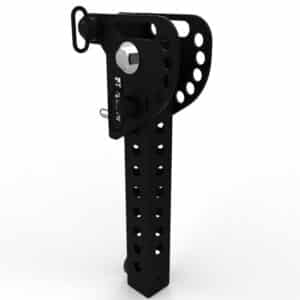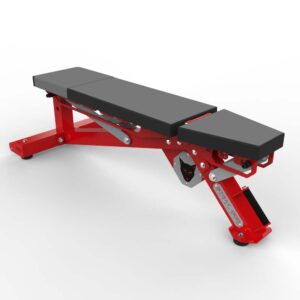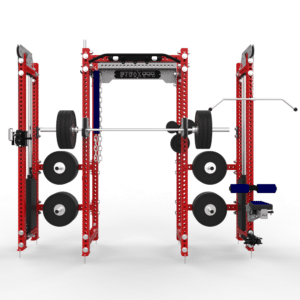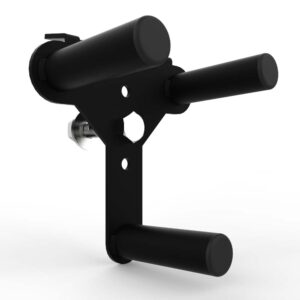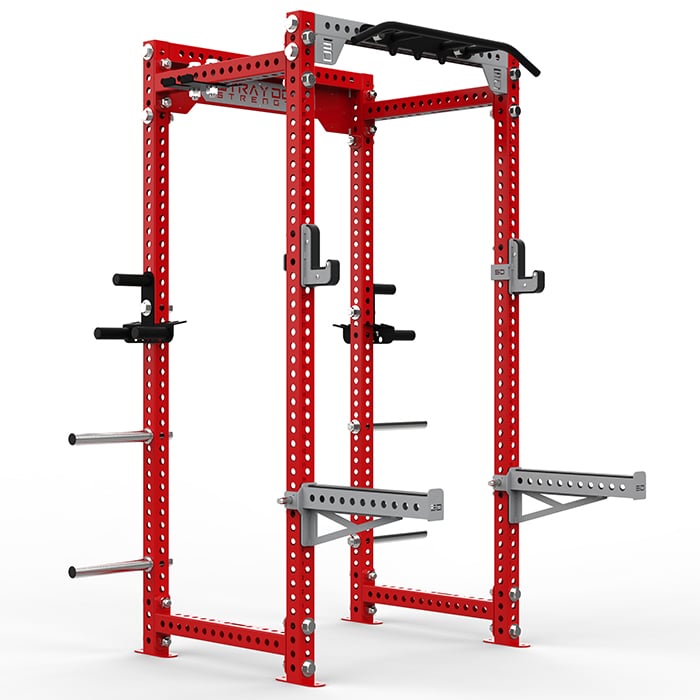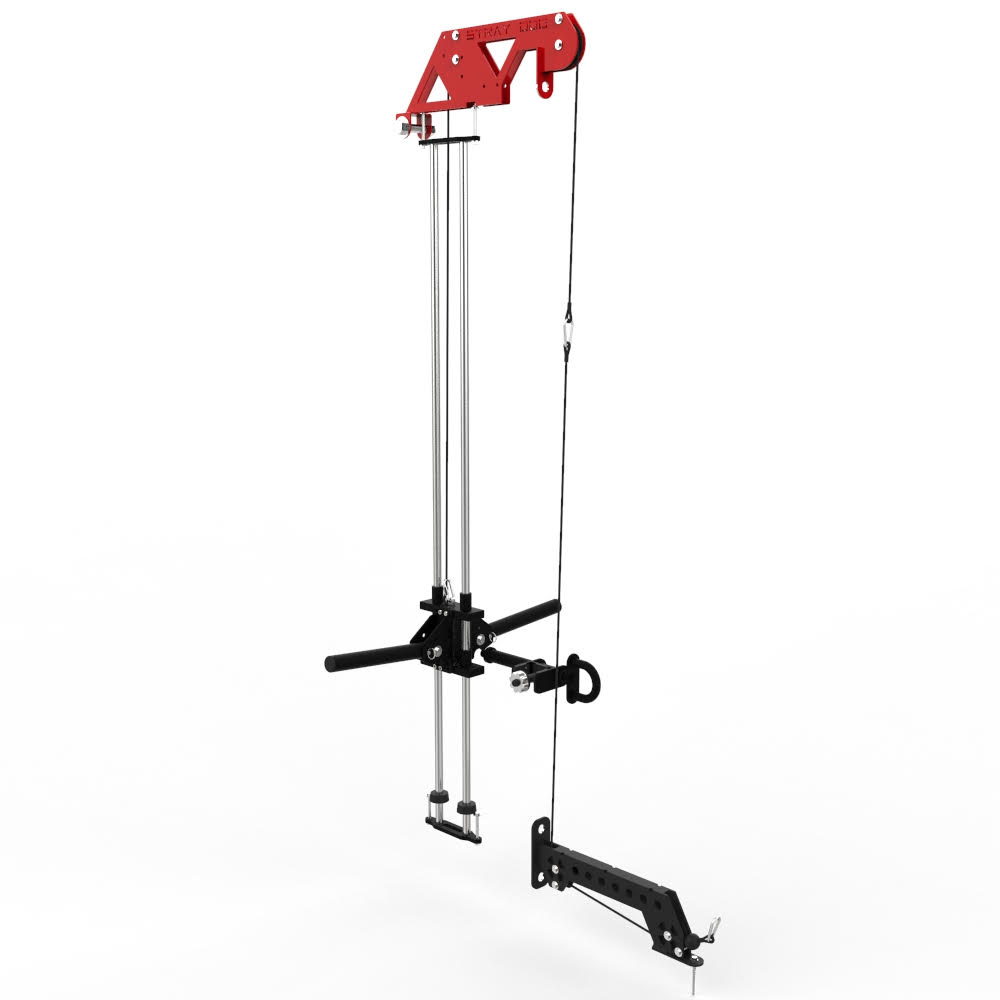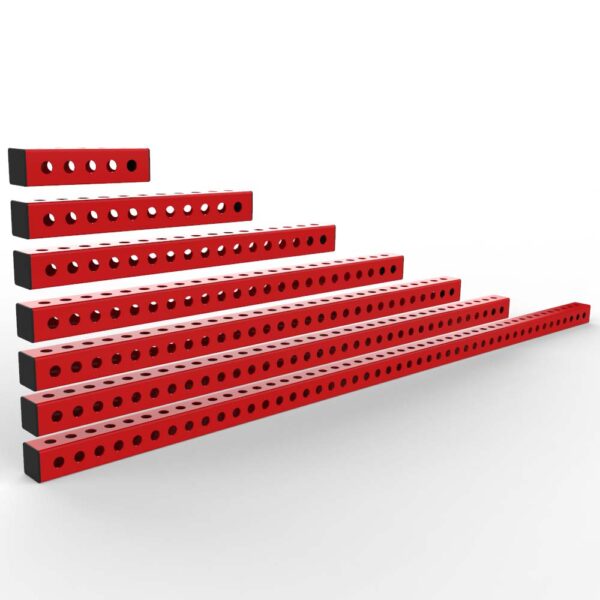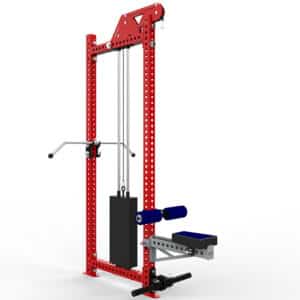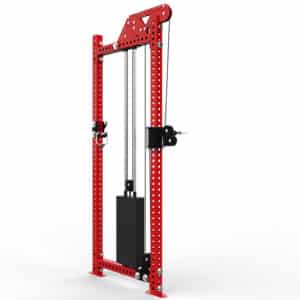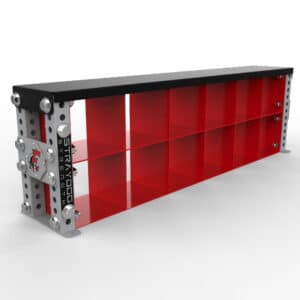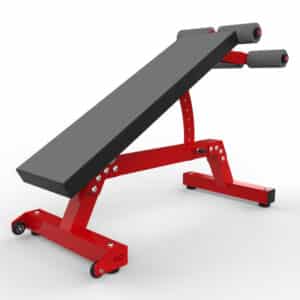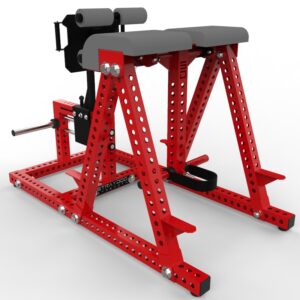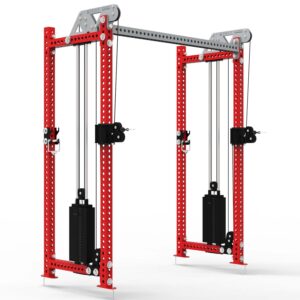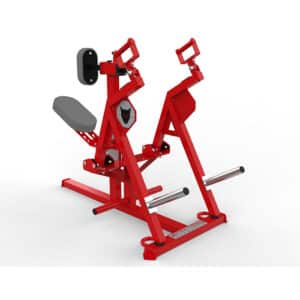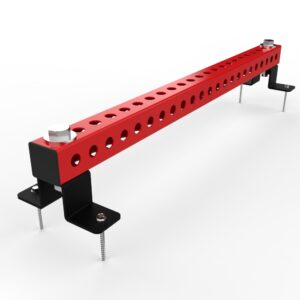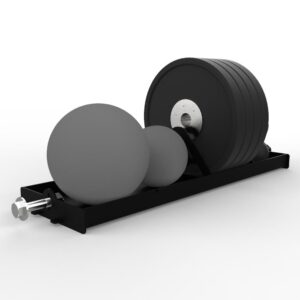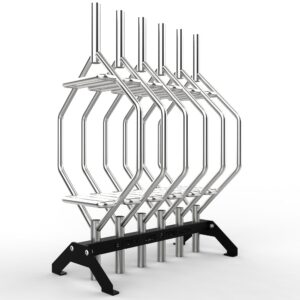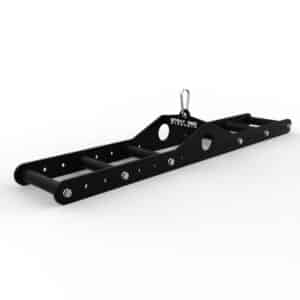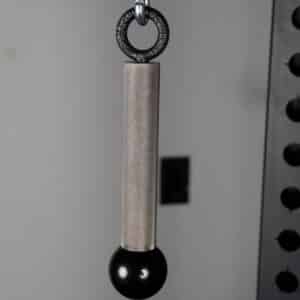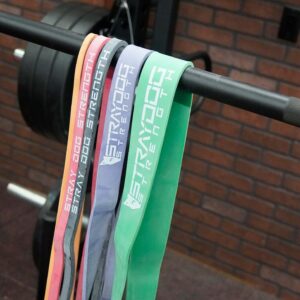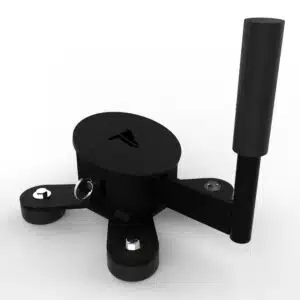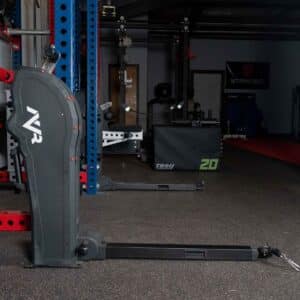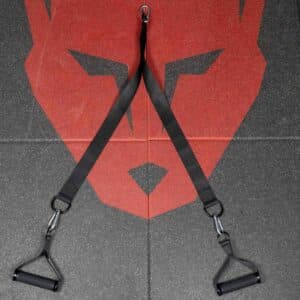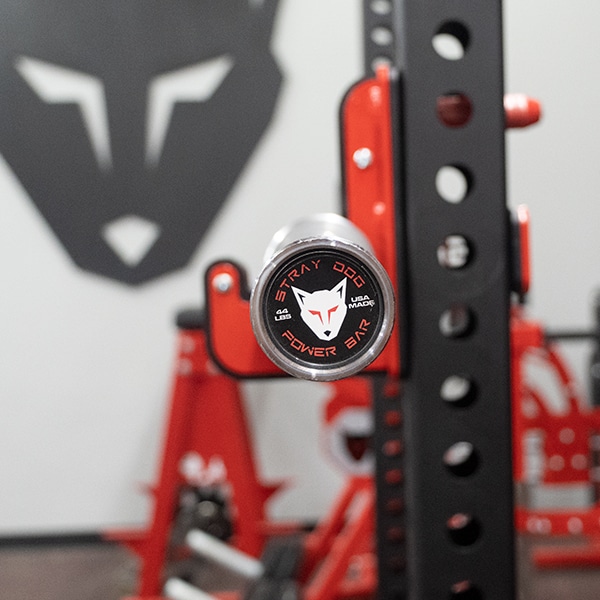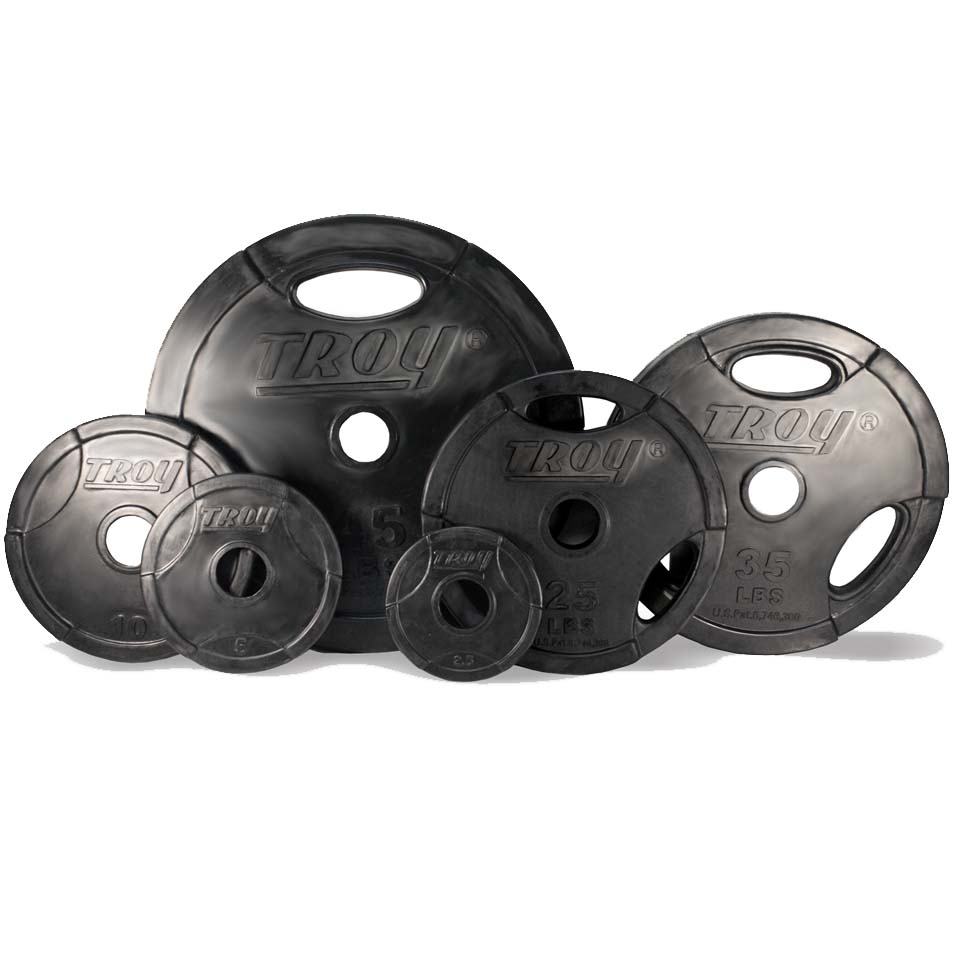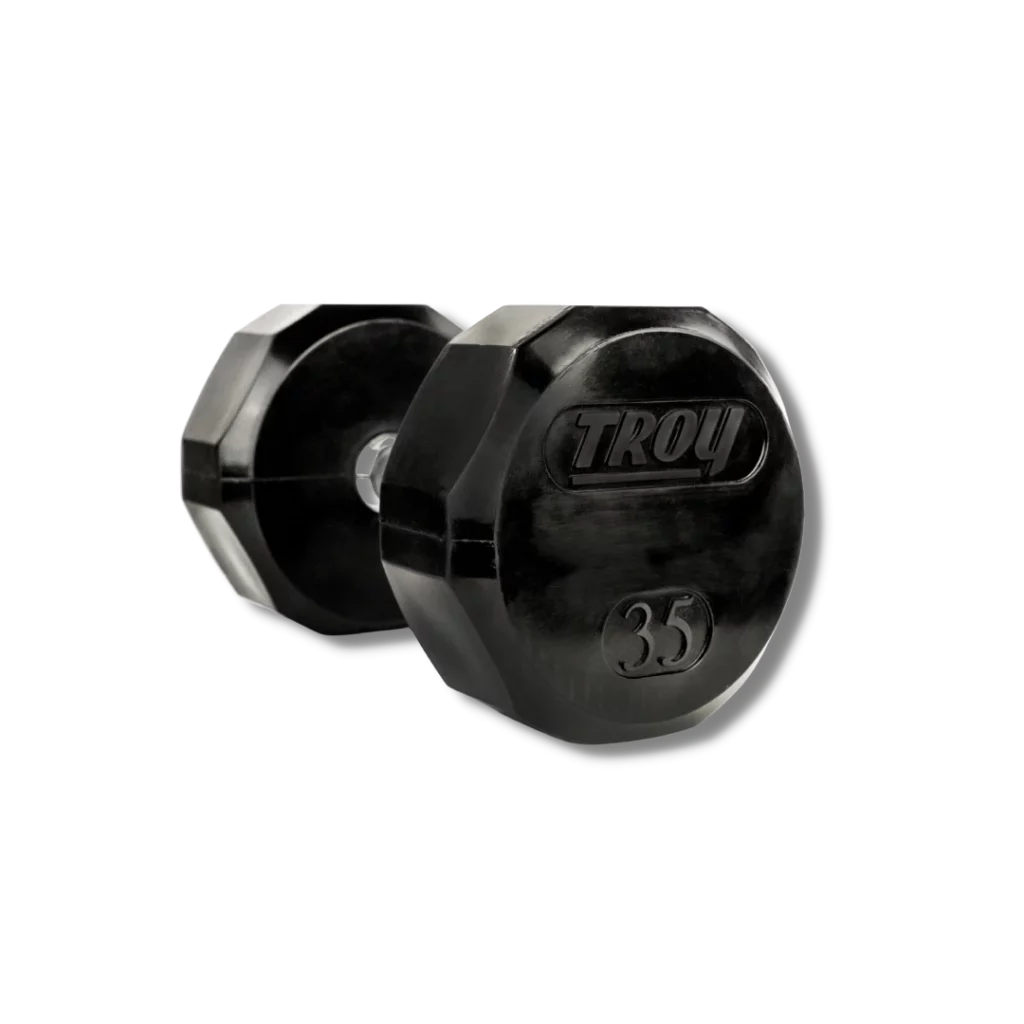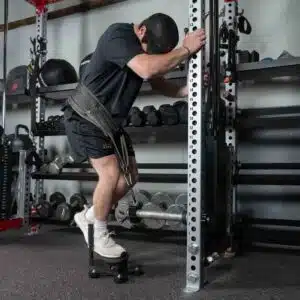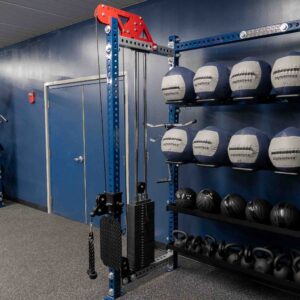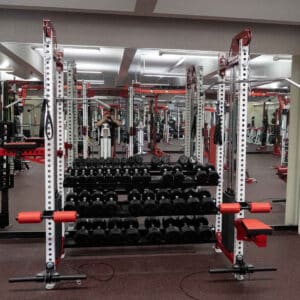At Stray Dog Strength we are always trying to find ways to innovate and create a “better mouse trap” that not only has more features but also takes up less space. Basically how can we pack as much function into as little of an area? The Platform belt squat excels at this, while it is smaller than the Rhino or the Pitshark at only 36″ x 60″ but can do multiple exercises not possible on those larger machines. Keep reading to find all the great movements that can be performed from each of its 3 different pulley positions.
1. Cable Belt squat
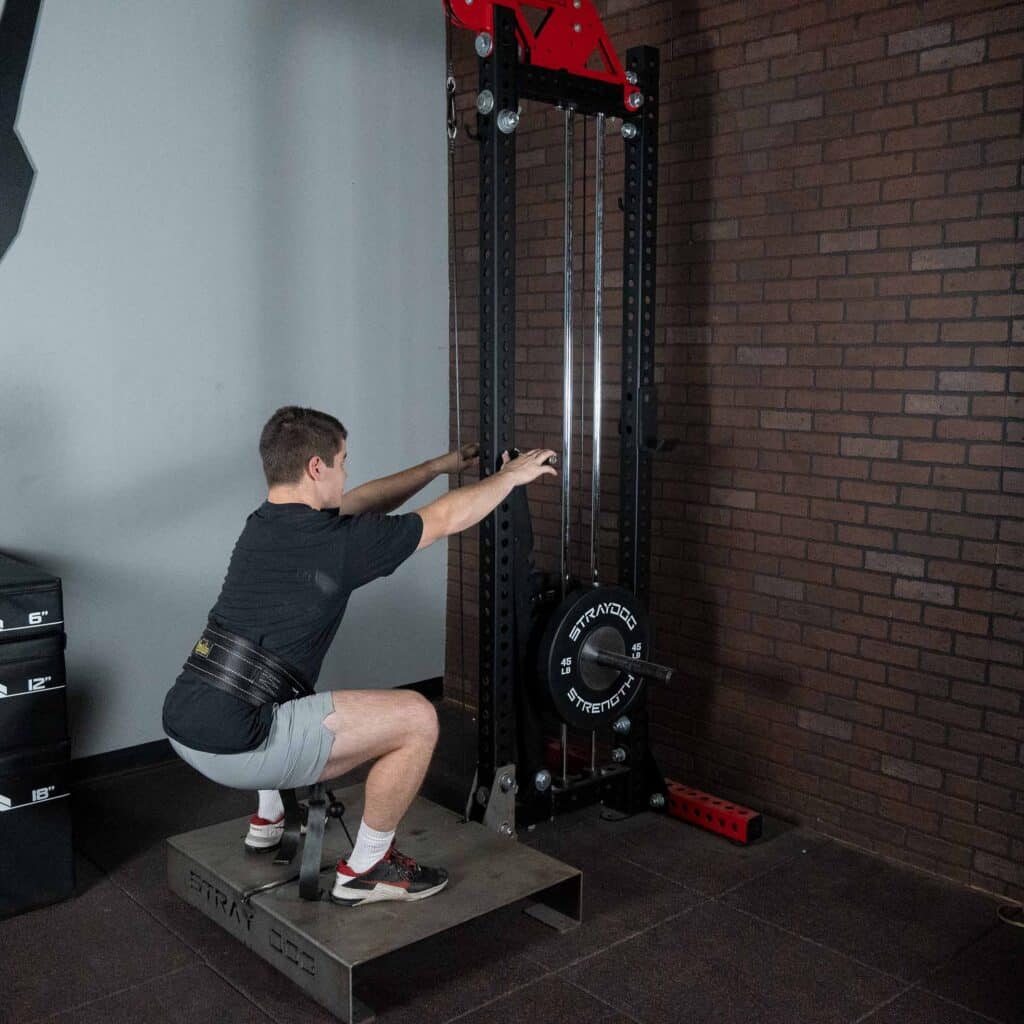
This is not our first belt squat, we have made multiple iterations starting in 2015 when I had shoulder surgery in high school and was not able to squat for months (even with a SSB). My father Matt Purdy the founder of Stray Dog Strength designed me a belt squat unit that was attached to the back of a half rack this allowed me to continue to train my legs and hips without putting my self at risk of injury while still being in a sling recovering from a labrum surgery.
If the belt squat cable is not directly below the athlete pulling them DOWN and not forward and down then he belt squat will put a lot of sheering force on the knees which will not be good long term. Our old belt squat had a 24″ arm that was bolted down and allowed the athlete to be directly above the pulley but as there feet were at the same level as the pulley they could not hit full ROM. With the platform the athlete is standing above the pulley allowing them to get full ROM and also pull them down and not forward. In the past we made a lever style belt squat that went into a landmine, this pulled the athlete forward causing sheering forces on the knee.
2. lat pull downs
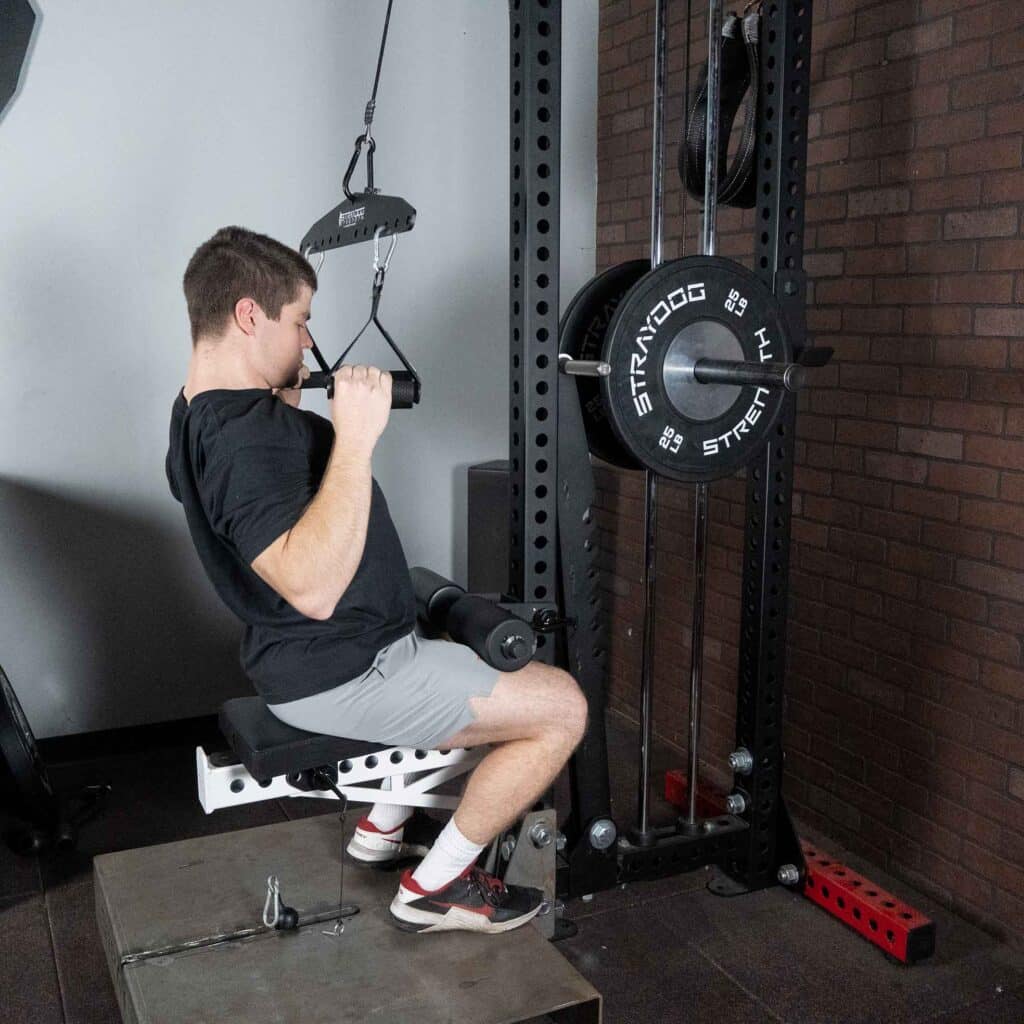
As lat Pull Downs are only programed for a small % of time, we decided to make our lat pull down also a Lat Pull Down/High Pulley. Just add a Dual Utility Roller and Seat and you are good to go! By making the lat pull down plate loaded athletes can load the unit up to over 500 LBS, good luck maxing this Lat Pull Down out.
3. low rows
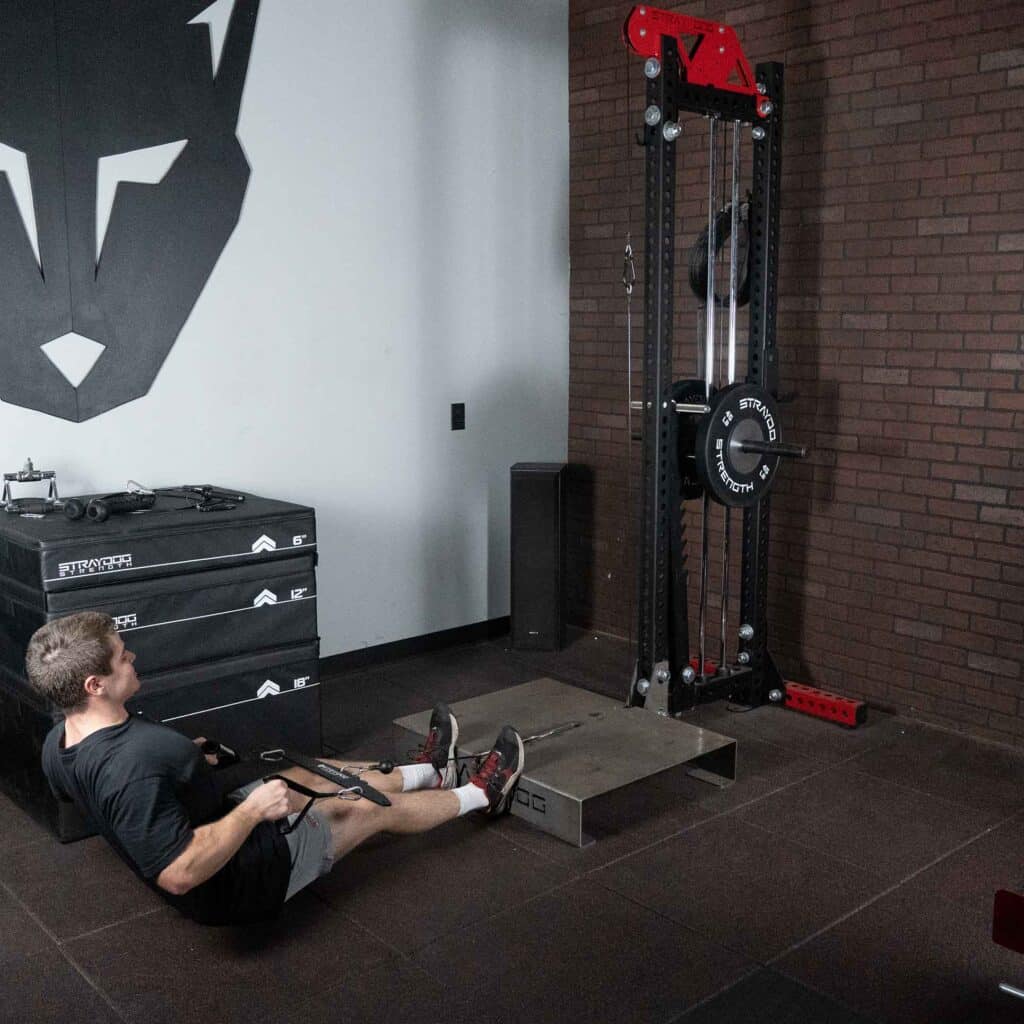
Our last 2 versions of the Belt Squat were also a lat pull down units when you connected the cables together but they were not able to be used for low rows. This platform has a second pulley that is specifically for low rows, pull throughs of other exercises performed low off the platform. Low Rows are a great exercise but often do not have a solid place to be performed as you need a foot hold to lock into to perform them at heavy weights which most cable columns do not have.
4. RDL's
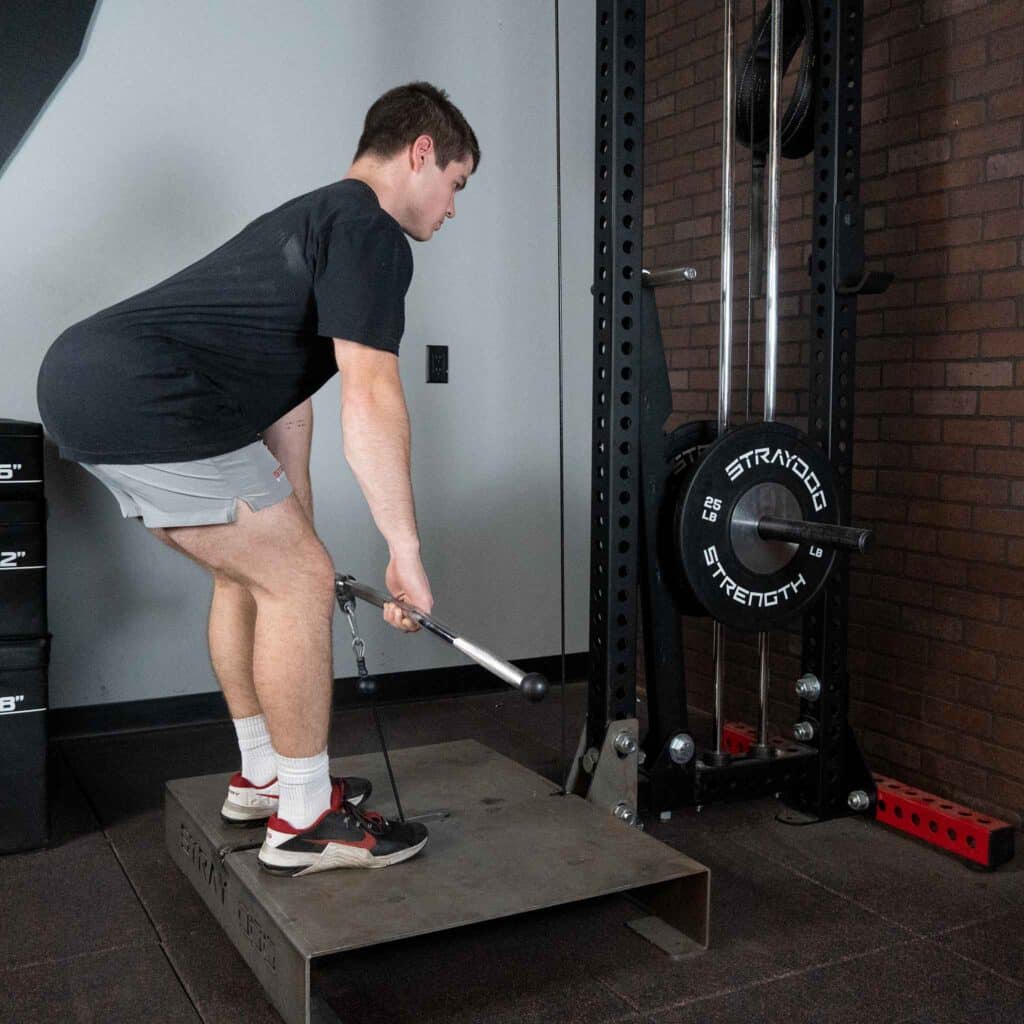
RDL’s are a great exercise that can be performed on really any belt squat either a hinge, cable or other style. With out ladder style start/stop you can set the bar up so you can start the rep at the top, mid or bottom of the rep.
5. pull throughs
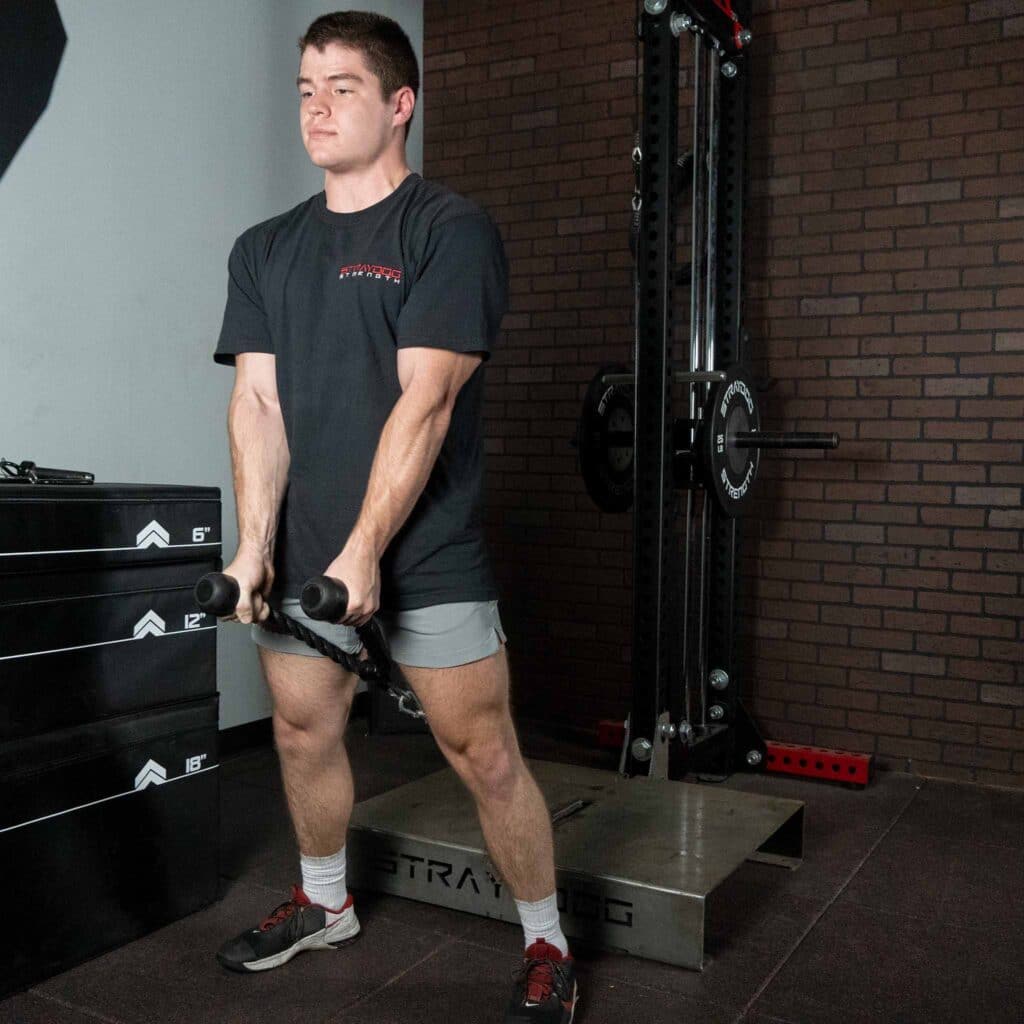
Pull throughs are a great exercises for building posterior chain strength, they often cannot be performed on the low pulley of a lat pull down because the seat is in the way (not an issue for our Lat Pull down the seat is far enough forward or can be removed). By adding a pulley to the back of the platform which was mainly intended to do low rows, this allows you to do pull throughs as well.
honorable mention
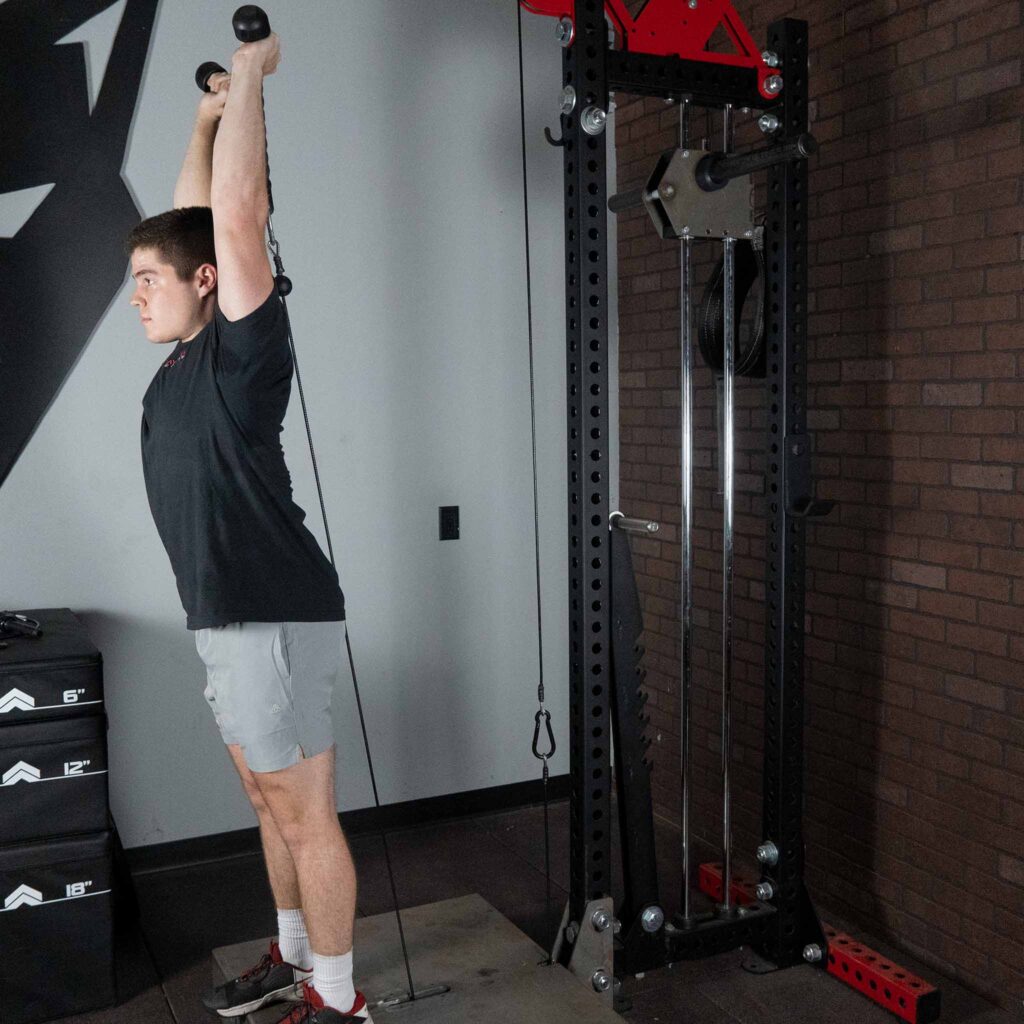
There are many exercises that can be performed on the Belt Squat/Lat Pull Down/Low Row, as it is both a low pulley and high pulley. We picked just a few exercises to show off but there are many more possible such as resisted dips, shoulder press, face pulls and many more!
